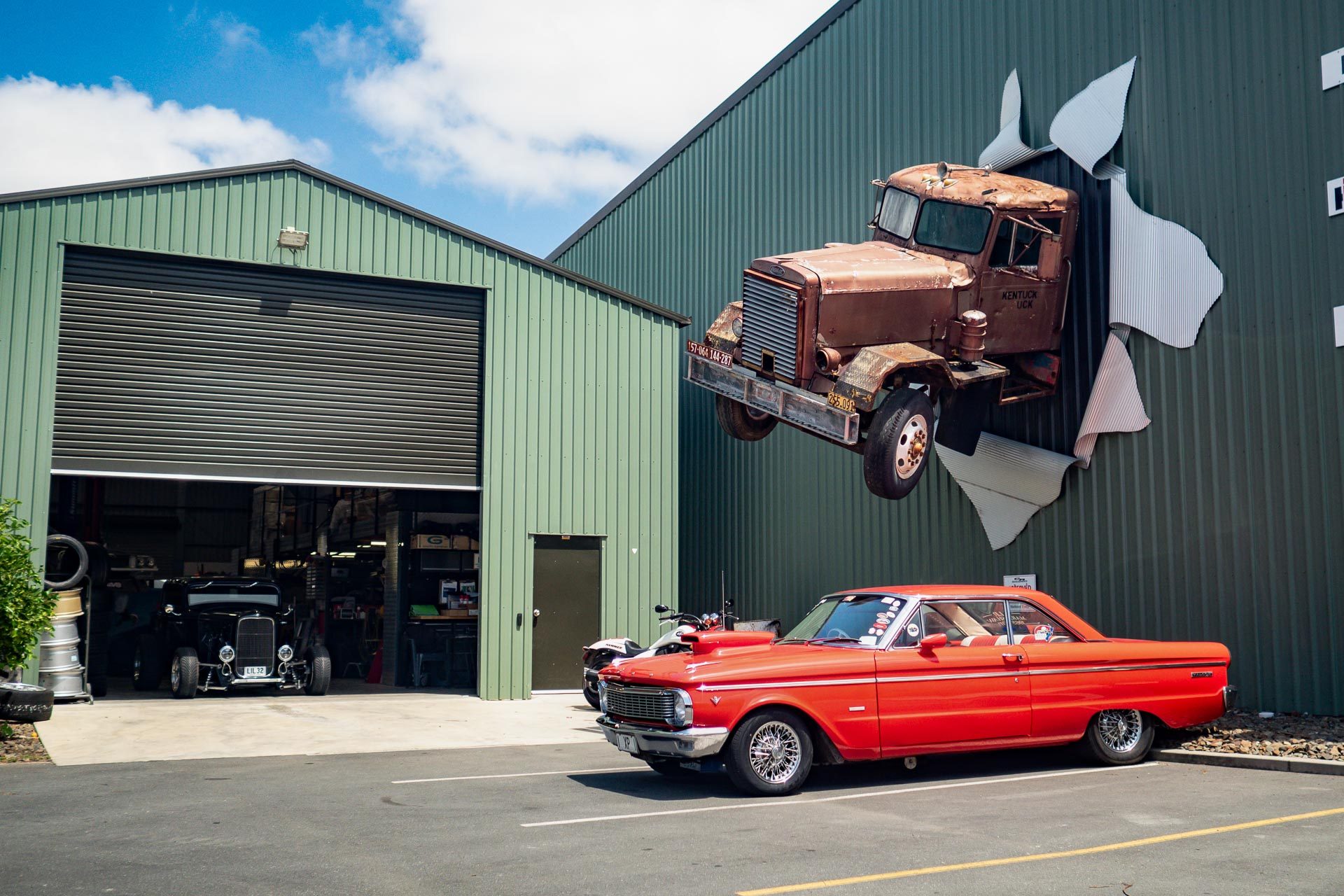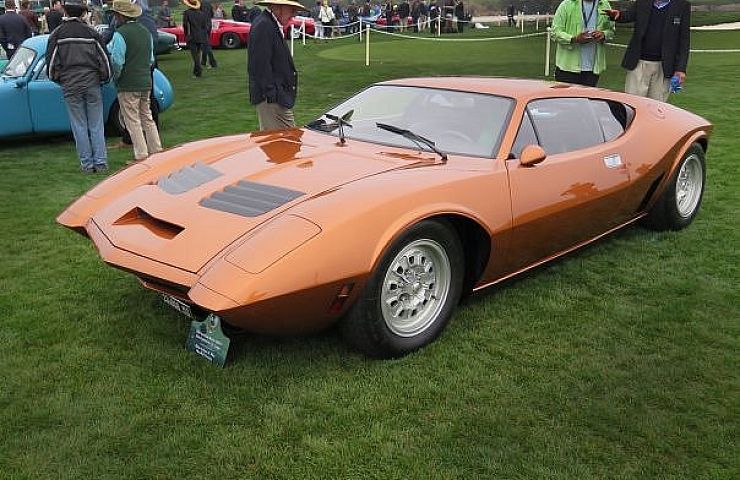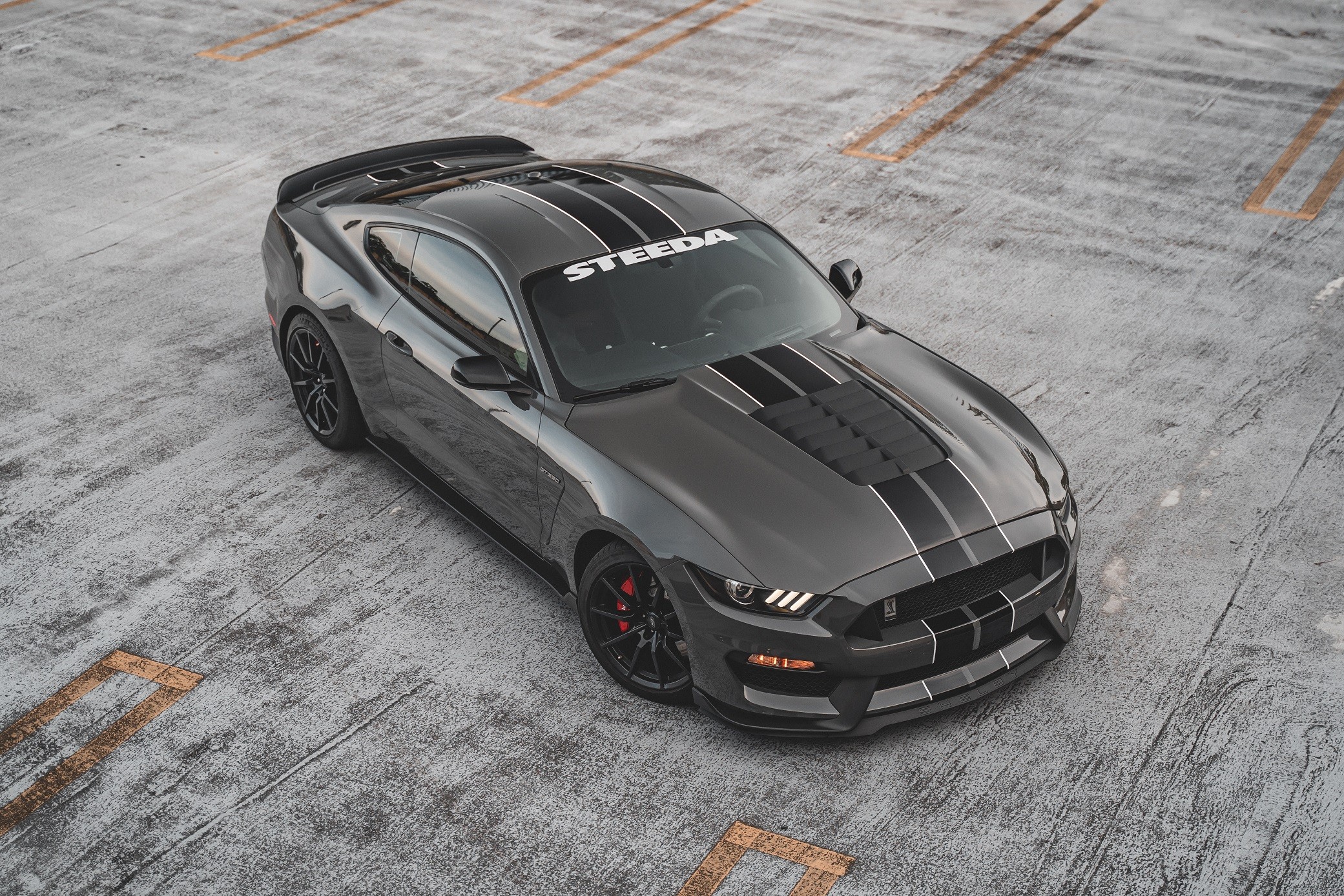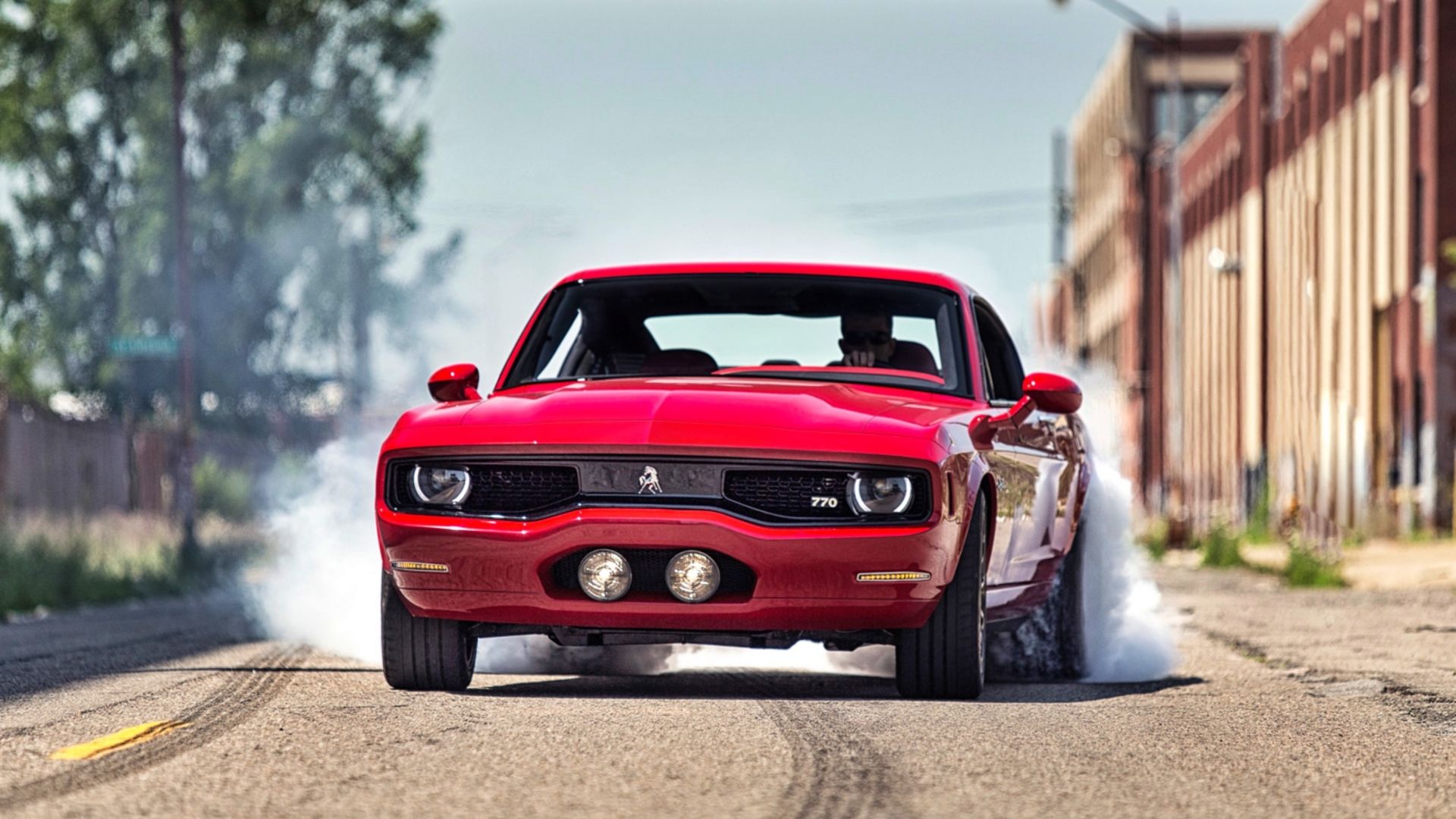Whoever said “blue and green should not be seen…” has not been to the Fiji Islands. This is the country where incredibly steep mountains covered in dense rainforest literally soar “out of the blue” – out of sparkling cerulean waters and into cloudless sapphire skies. The magic of the colours put an end to my disregard for the traditional enemies. Here, blue and green are friends, as are everyone who sets foot on the island.
Within minutes of landing in Nadi on the drier, more productive west coast of the main island, I quickly mastered the friendly greeting – Bula! (life). It’s impossible not to get into the spirit of the greeting. Locals sing it loud with a smile and wave; morning, noon or night; near or far; sitting, standing or walking; but always happy and loud. “Bula! Bula! Bula!”
From Nadi I drove for two hours to Pacific Harbour in the wetter, jungle-rich south-east. While mastering “Bula!” takes a nano-second, it takes a little longer to master the road rules.
The roads were built by the Australian government so have the same road policies, but it’s a different story in practice. Double-white lines mean nothing when overtaking, nor do indicators and tail-gating. White-skirted police presence is minimal considering there are only a handful of roaming police cars on the island. In Pacific Harbour where Anaconda II is being filmed, producers are negotiating providing the local police with horses for their transport.
It took quite an effort to release my white-knuckled grip from the steering wheel at the end of the journey, but one glance at my friend’s house set amongst swaying coconut palms, giant tree ferns and clumps of towering bamboo, and I was transported back to relaxation.
Early the next morning, I found myself boarding a charter fishing vessel and powering towards Yanuca, a small island to the south renowned for reef surfing and game fishing. I was immensely proud of my three kilo Barracouta, until my friend caught a five kilo Yellow Fin Tuna, and our guide snared a 16 kilo Wahoo. All within minutes of each other.
Having caught our dinner, we could now relax. An hour of snorkelling the coral reefs at a protected cove on Yanuca, then a snooze on deck under the gentle sun as my body clock caught up. Unfortunately, this was to be the last of the sun I would see in Fiji, as rain set in that afternoon and continued to rain 24-7 for the next two weeks.
Nevertheless, the only thing the rain stopped me from doing was getting a tan. I still snorkelled, fished, shopped, traversed and partied, so there was no real harm done. The rain simply meant I didn’t get the brochure version of Fiji, but so what… I got better than that! By getting on random local buses and chatting with the indigenous islanders, I got behind the glossy front cover and caught a glimpse of the real Fijian way of life.
One lady named Luisa, who I met on a bus to Suva, invited me to her village for a Sunday lovo (traditional feast cooked in an underground oven). I accepted, and went about buying a formal gift to present to the village chief – a bunch of kava roots. Kava is the “grog” of Fiji, a hideous concoction derived from the root of a pepper plant. It is a muscle relaxant drunk at all formal occasions, or not-so-formal occasions, or even no occasion at all.
Anyway, it should be an easy task to buy a bunch of kava roots when the drink is so prolific in daily life, right? Not always. Fortunately I had done my homework and knew to pay around F$14/kilo. So when some shopkeepers saw my Caucasian skin, I knew they were not charging me the “local price” by asking for $25 and more. “Local price please,” became another familiar catchcry up there with Bula.
Armed with my $14/kilo kava (thank you), I arrived at the village to find dozens of aunties, uncles, neighbours, dogs and thousands of kids all crowded in Luisa’s modest hut, all eager to get a close-up glimpse of the Australian girl. To make conversation, I asked the teenager nearest me, “which one is your mother?”
“Her mother is dead,” came her aunty’s reply. “We all look after her. It is the village way.”
Well, I could have died of shame, but the family seemed non-plussed. Living in a community where elders fish or farm for the village’s main food supply, children play freely in the jungle-lined beaches, and “educated” adults head to Suva for work provides for a close-knit society.
Villages around Fiji may be built metres from the ocean’s shoreline with multi-million dollar views, but there are no superfluous material possessions. Just the necessities – love, and a healthy respect for kinship, kava and “Fiji time” (the state of not wearing a watch and not caring what the hell time it is, or in other words, “Don’t worry, be happy”).
Impressed at their simple yet happy lives, I downed cup after cup of kava as it was passed to me in the circle. It tasted like what I imagine Dettol in dirty-sock water would be, but fortunately it is polite to skol and each cup was over with quickly. It wasn’t until later that I found out it’s only necessary to partake of one cup to be polite, and it’s perfectly inoffensive to decline further cups passed to you. Doh! My numb tongue and bursting belly could have done with the tip much earlier.
Regardless, lunch was soon served, and I was still able to find room for the lovo food. Traditional dishes using the local taro, not-so-local tinned corned beef and Suva supermarket sourced chicken were served on tablecloths spread over the matted floor. Conversation flowed during the gathering, while Luisa’s husband just laughed and nodded, looking completely thrilled that so many were enjoying the feast he had cooked.
After lunch, I pointed at my bare wrist and said “In Fiji time, it’s time-to-go o’clock.” They roared laughing, fiercely proud of their “Fiji time” system, and rapt that a foreigner picked up the concept so quickly. They returned to their kava bowl while I slipped outside, waving at the rest of the village who were unable to fit inside Luisa’s hut. “Bula! Bula! Bula!”
Before my one and only trip into Suva my friend warned me to beware of the “stick man” – a roaming wood hawker who carves your name into traditional war sticks before you know what is going on. Suitably prepared, I jumped on a local bus, (asking for a “local price” fare), and headed the one hour north to Suva.
Except, it turned out to be one-and-a-half hours. By the time the driver finished doing his vegetable shopping at some of the many roadside stands, and his fish shopping at the river port of Navua on the way, I realised it didn’t really matter if this bus kept a schedule or not. And judging by the reaction of the locals on board, neither did they.
I must say, the biggest challenge of the day was getting out of the bus depot alive. The yard was alive with hundreds of buses spewing black smoke and yielding to no-one, not even pedestrians. I felt like I was the froggy in a pinball machine making my way to the relative safety of the main street.
Needless to say, I reached the pavement, or I wouldn’t be writing this today. Wiping my brow and loving life all over again, I looked up and down the main street of Suva, the administrative capital of Fiji. Apparently, this gesture of looking lost is the signal to wood hawkers to pounce, because within 90 seconds a toothless old man had shoved a pair of sticks with my name carved in them into my hands.
“How? What the? Aw shucks, you got me,” was all I could manage. “How much, for local price?” I felt like a complete dill asking for local price when falling for such a trick tagged me as a complete non-local. A gullible, foolish twat, who nevertheless couldn’t help but admire the skill of this man to source a name and scam a sale. “Kudos to ya mate,” I laughed. He got my joke and let me off lightly at $5 – my Pacific Harbour friend had heard of people falling for charges up to $30.
The influence of the British colonials is most evident in Suva, through the austere architecture and magnificent churches. Wandering through the town along the stunning harbour walk, I came across a cricket match in progress in Albert Park. A small crowd sat in the Kingsford-Smith stand under the shadow of the Big Ben replica clock tower. The South Pacific Games were in progress, and this was a match for a gold medal between Fiji and Papua New Guinea. Before lunch, Fiji were six for 64 off 24 overs. “When’s lunch?” I asked a guard.
He simply shrugged and said “When it’s Fiji time.”
The highlight of my trip to Suva was a visit to the fresh produce Municipal Markets. Imagine the Victorian Markets (Melbourne) and multiply them by four. The Suva markets are huge. Tables laden with farm produce as far as the eye can see. I had a ball picking up bags of limes for $1, a whole plate of ginger for $1, bunches of coriander for $1, and three bunches of bok choy for, you guessed it, $1. I declined a $1 shoe shine because I was wearing sandals, but this point seemed to be lost on the shoe-shine boy who followed me for half a block.
By my tenth day in Fiji there was only one more thing I desperately wanted to do: take a 25-horsepower punt up the Navua River to explore the pristine tropical wilderness and spectacular waterfalls upriver.
So I did. Rain aside, I’d be getting wet in the waterfalls anyway. I took a local bus (for local price) twenty minutes east to Navua. Organised tours of the river range between F$89 – $200 per person, which is good value if you like travelling in groups. I prefer to stay away from the herd, however, so hired a punt, driver and guide for F$95 for the morning.
My guide, Marika Nailele of Discover Fiji Tours, dressed me in a purple waterproof muumuu, making me wonder what kind of religious sect I was getting myself into. But moments later, skimming across the top of the river in the shallow punt, I was grateful for the protection the garb offered from the wind and spray.
There wasn’t much talking as we headed upriver. I was simply too gob-smacked by the stunning scenery assaulting my senses. The dense rainforest reared either side, peppered with waterfalls and sheer rock faces; a farmer woman floated past on her bamboo raft carrying her produce to Navua; and we caught the occasional glimpse of a traditional village – thatch rooved huts with walls of woven coconut leaves.
About thirty minutes upriver, we pulled in at an innocuous inlet. Marika led me up the creek, making progress any way we could – scrambling along the rocky shore, swimming upstream against the current, or climbing up the face of small waterfalls.
After much exertion and in some places scary progress, we entered an amazing chasm of immense cliff faces framing a waterfall standing more than fifteen storeys in height. “Weeee!” I squealed, at a loss for anything more profound. “This is heaven!”
I swam as close to the base of the waterfall as I could manage, but only succeeded in getting to within a few metres before it felt like I was swimming against a hurricane.
Getting out of the secret paradise was as interesting as getting in. Clambering back down the rocks and leaping three metres into the base waterfall’s pool was an adrenalin rush I won’t forget in a long time.
Back in the punt, I chewed on the Fiji-Indian roti bread and curry while Marika dashed into the jungle wielding his machete (quite common in Fiji) and returned with a trunk of a tree fern slung across his shoulder. “For the village downriver,” he explained, “to make steps so the rain doesn’t wash their bure (hut) away.”
I was invited to visit the village while Marika helped install the collection of tree ferns he had amassed along the river as we floated downstream. As luck would have it, the villagers were performing a meke (traditional dance) that day.
One look at the men’s blue faces and wild grass armbands and skirts gave me an instant appreciation for the bravery of the missionaries who began arriving in Fiji in the early-mid nineteenth century. Especially considering cannibalism was practised as recently as the late nineteenth century.
The men danced their fearsome warrior dance, then sat around the kava bowl while the women sang beautiful harmonies of welcome. Once again, as I watched the children join in the singing and dancing, it struck me how deeply the Fijians are bound to their history, culture and each other. And above all, what a happy race of people they are.
Back on the river, Marika found me a bilibili (bamboo raft), or as they are known locally: ‘HMS No Come Back’ – the Navua current is too strong to take the raft back upriver so the rafts are discarded at the destination, hence the nickname.
We floated downstream for a few blissful minutes, mesmerised by the sight of the smooth rocks and gravel on the river bed, despite the water being the murky colour of kava. Either side of us, the jungle was shrouded in noxious creeping vines, a legacy of U.S. soldiers who introduced it in WWII for camouflage. Above us, “blue clouds” struggled to break through the overcast conditions, but they gave up their struggle gracefully. Behind us, the punt driver got cheeky and decided to have a bit of sport by playing dodgems.
Three hours since leaving Navua, we arrived back at the “port” – a tiny row of steps from the street to the river. The farmer woman we saw upriver earlier also arrived after what Marika estimates would have been six hours on her raft.
“If she is lucky she will sell her taro for $10 a piece, and may be able to negotiate a $10 return fare to her village by road,” he explains. And all to sell ten taro plants, only to repeat the process again next month.
I am so stoked with my river experience I celebrate by meeting a friend at a bar for the local Savusavu beer. She makes a face when she tastes it.
I laugh. “Ah, give it Fiji time, you’ll love it by the end of the glass. Bula Vinaka (Thanks to life).”






More Stories
Muscle Car Collecting Tips for the Ultimate Car Hoard
Rare Muscle Cars Unveiling Hidden Automotive Treasures
Muscle Car Upgrades Transform Your Ride for the Better